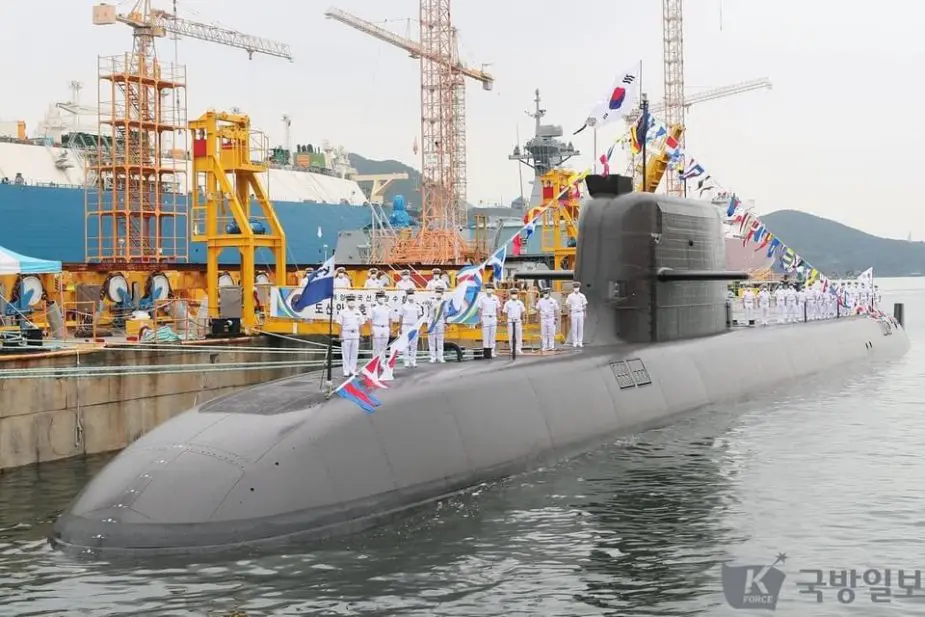Breaking news
KSS III class submarine Dosan Ahn Changho joins ROK Navy.
According to information published by Korea on August 13, 2021, the ceremony for the handover, acquisition and commissioning of the Republic of Korea Navy's submarine Dosan Ahn Chang-ho (SS-083) held at the Okpo shipyard of Daewoo Shipbuilding and Marine Engineering in Geoje, Gyeongsangnam-do Province. The vessel is the nation's first in the 3,000-ton class designed and built with domestic technology.
Follow Navy Recognition on Google News at this link
 KSS III (Dosan Ahn Changho) class submarine Dosan Ahn Changho (Picture source: Facebook account of the Republic of Korea Navy)
KSS III (Dosan Ahn Changho) class submarine Dosan Ahn Changho (Picture source: Facebook account of the Republic of Korea Navy)
The Dosan Ahn Changho-class submarines are the final phase of the Korean Attack Submarine program, a three-phased program to build 27 attack submarines for the Republic of Korea Navy between 1994 and 2029. The lead vessel, Dosan Anh Changho, was launched in 2018. It began sea trials in 2019 and planned to be ready for service by 2020.
The 83.5-meter-long and 9.6-meter-wide submarine can carry 50 crewmembers and can operate underwater for 20 days without surfacing.
The new class has a submarine version of the Korean Vertical Launching System which will be able to carry up to ten indigenous "Chonryong" land-attack cruise missiles and "Hyunmoo" submarine-launched ballistic missiles (SLBM), becoming the first submarine in the South Korean navy to have this kind of capability. It also has many other improvements compared to its predecessors built with a greater degree of South Korean technology, especially in the later batches, which will include Samsung SDI lithium-ion batteries.
A lithium-ion battery (abbreviated as LIB) is a type of rechargeable battery. Lithium-ion batteries are commonly used for portable electronics and electric vehicles and are growing in popularity for military and aerospace applications. Research areas for lithium-ion batteries include extending lifetime, increasing energy density, improving safety, reducing cost, and increasing charging speed, among others. Research has been underway in the area of non-flammable electrolytes as a pathway to increased safety based on the flammability and volatility of the organic solvents used in the typical electrolyte.


























